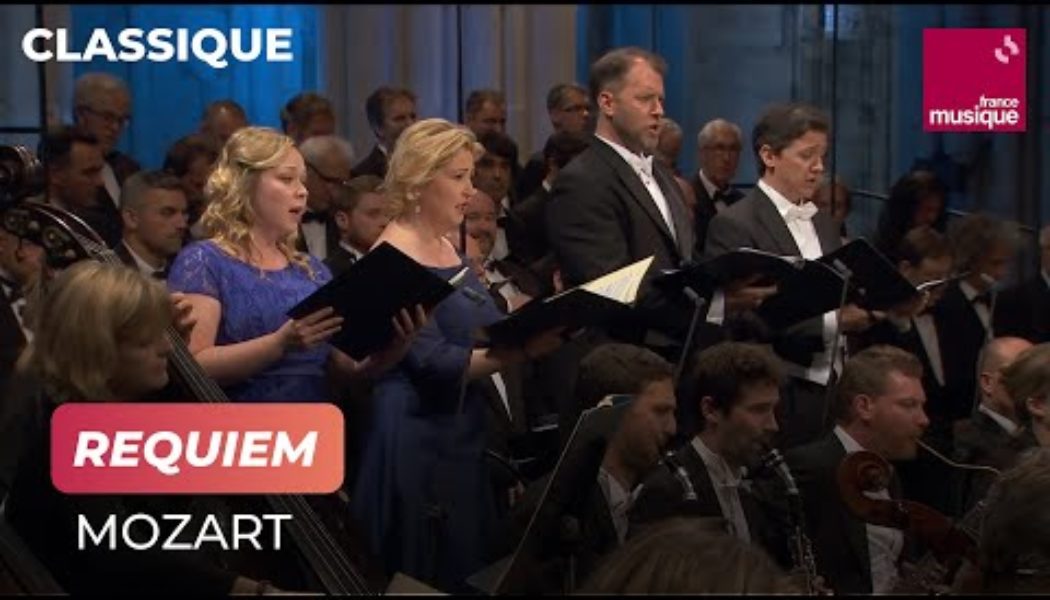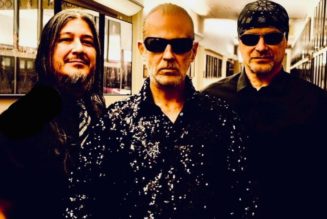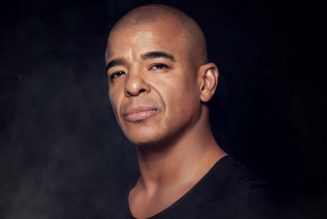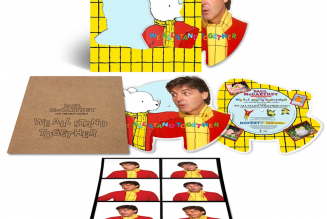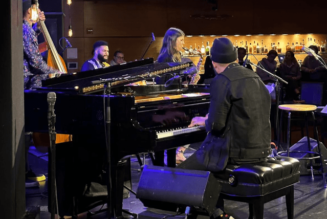Mozart was a prolific composer, writing everything from operas, symphonies and concertos, to choral works, string quartets and smaller ensembles. Here are his 15 greatest of all time.
The precocious young boy started playing piano at three, was composing by age four, and by the time he was 12 years old, he had already written 10 symphonies and performed for royalty.
Despite being so industrious, the young composer still managed to make time for fun and games. He was reportedly distracted by cats on more than one occasion, and was also known for appreciating a good fart joke. He even slipped a few into his music over the years.
Aside from his toilet humour, Mozart also wrote much of the world’s most emotive and powerful music. From spirited symphonies to epic requiems, magical operas and virtuosic concertos, here are the 15 greatest pieces he ever wrote.
Requiem
Mozart’s Requiem is possibly the greatest ever example of the power of music.
After receiving a commission from an anonymous source, Mozart embarked on one of the most soul-searching musical journeys of his life.
After beginning to write it, he began to experience ‘very strange thoughts’, and feared he was writing a piece of music for his own death.
Little did he know, his fears would come true. This epic requiem is charged with fearful angst, resolute acceptance, and the full force of heavenly wrath.
Left unfinished by the time of Mozart’s death in 1791, this is the true expression of emotions that words could never quite convey.
Just listen to the haunting strains of the famous ‘Lacrimosa’, around 22:50.
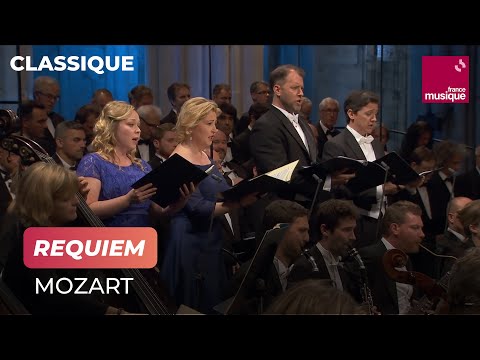
Mozart : Requiem (Orchestre national de France / James Gaffigan)
Horn Concerto No.4
A cheery horn melody, coupled with playful strings, is enough to put anyone in a good mood.
Mozart wrote it in 1786 for his friend Joseph Leutgeb, a virtuoso horn player. Curiously, he used multicoloured ink to complete the manuscript, switching between red, green, blue and black.
Was it a quirk of Mozart’s humour to frustrate his soloist, or was it a secret code?
We don’t know for sure, but what we do know is that it’s a stonking good tune. Here it is on horn, trumpet and euphonium, because you can never have too much brass:

Rondo from Mozart’s Horn Concerto Nr 4 – Berlin Philharmonic Brass
The Marriage of Figaro
Mischievous scurrying strings, interrupted by grandiose wind and brass fanfares, Mozart manages to tell more or less the whole story of his opera in its overture’s first eight bars!
Lively, cheeky and funny, Mozart’s sense of humour is on fine form in this opera.
It’s a classic love story, complete with a handful of cases of mistaken identity, fraudulent trickery, and a handful of practical jokes thrown in for good measure.
Musical highlights include the stunning aria ‘Non più andrai’ and the gorgeously romantic ‘Sull’aria’ duet between Susanna and the Countess as they hatch a plan to catch the cheating Count red-handed…
Read more: The 10 most romantic opera duets of all time
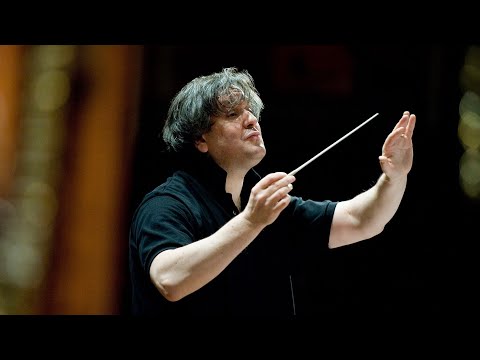
The Marriage of Figaro – Overture (Mozart; Orchestra of The Royal Opera House, Antonio Pappano)
Piano Concerto No.21, ‘Elvira Madigan’
Mozart’s Piano Concerto No.21 has received much of its popularity from its use in themes, and it’s also one of his greatest works.
Hear Mozart at his most joyful and exuberant, with a playful sparkle to his solo writing.
First written in 1785, the piece has since featured in 2006’s Superman Returns, the 10th James Bond film – The Spy Who Loved Me, and notably in the 1967 romantic drama Elvira Madigan, earning this concerto its nickname.
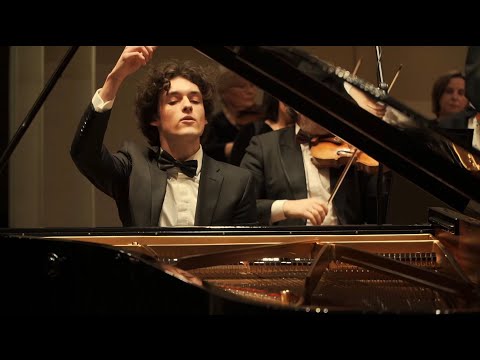
MOZART – Piano Concerto No. 21 in C major, K. 467
Così fan tutte
One of Mozart’s final and most beloved operas, Così fan tutte is a true feast for the ears.
The libretto, by Mozart’s frequent collaborator Lorenzo da Ponte, is full of swapped fiancés, disguises, trickery and tomfoolery – and all the musical richness you’d expect.
It’s also home to some of the finest vocal writing, like this sublime trio:
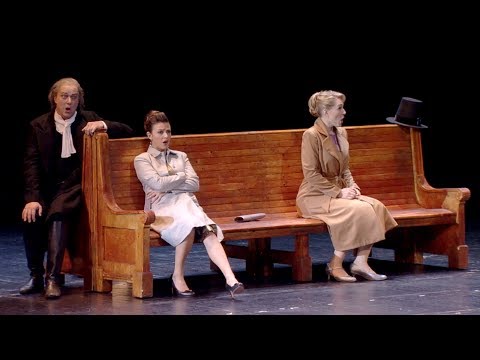
Così fan tutte – Act I trio ‘Soave sia il vento’ (Mozart; Winters, Brower, Kränzle, The Royal Opera)
Clarinet Quintet
Mozart wrote two enduringly popular pieces for the clarinet, both for the same musician, Anton Stadler.
The first was this clarinet quintet, written for a string quartet and solo clarinettist. At the time this would have been for the ‘basset clarinet’, an early version of the instrument we know today.
In fact, Mozart’s quintet is one of the earliest, and certainly one of the best-loved pieces for the instrument.
Its playful, lyrical lines and jaunty rapport with fellow instruments make it a genuinely joyful listen.
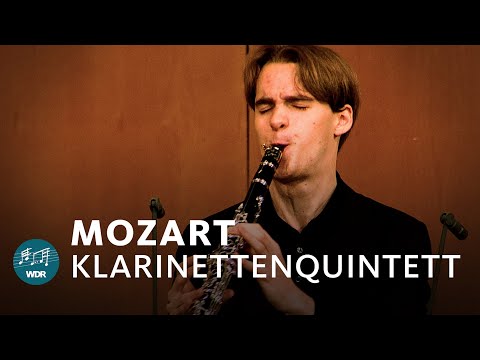
Mozart – Klarinettenquintett A-Dur KV 581 | WDR Sinfonieorchester
The Magic Flute
Mozart’s epic musical storytelling and flair for the dramatic have long secured his opera, The Magic Flute, its place in the history books.
With Masonic elements, plus a handsome prince, a serpent, and an enchanted flute with the power to change men’s hearts, the opera oozes suspense, drama, and the supernatural.
Plus, it has surely been helped along by a host of iconic performances of its devilishly challenging ‘Queen of the Night’ aria, sung magnificently by opera royalty Diana Damrau in this clip:
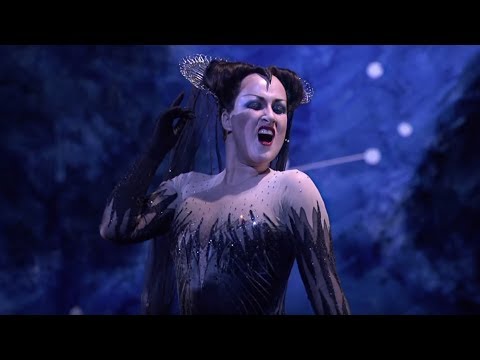
The Magic Flute – Queen of the Night aria (Mozart; Diana Damrau, The Royal Opera)
Symphony No.41, ‘Jupiter’
A fitting conclusion to all 41 symphonies, this is Mozart at his absolute musical maturity.
With over 30 years’ composing experience under his belt, Mozart has mastered the art of balancing his knack for a good melody with epic orchestral moments.
Throwing everything and the musical kitchen sink at it, Mozart’s final symphony is majestic and impressive, with a playful lightness of touch and humour.
While its nickname of ‘Jupiter’ needs no justification, it was never actually coined by the composer himself but by a musical impresario Johann Peter Salomon, presumably in praise of its grandeur.
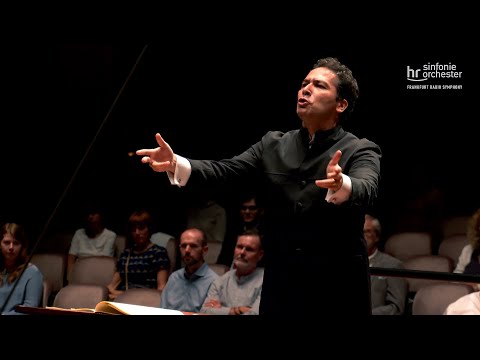
Mozart: Sinfonie Nr. 41 C-Dur KV 551 (»Jupiter«) ∙ hr-Sinfonieorchester ∙ Andrés Orozco-Estrada
Clarinet Concerto
This brilliant piece is one of the last works Mozart wrote before he died in 1791.
Perhaps he was struck by genius in his final weeks, or perhaps he was intentionally saving his best til last.
Either way, one of his final acts was to bless the world with his one and only clarinet concerto.
Cherry yet graceful, the clarinet’s warm tone brings the beautifully simple melodies to life.
It’s no wonder this is a frequent favourite in the Classic FM Hall of Fame!
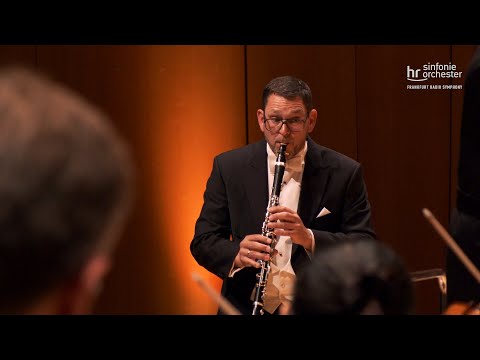
Stage@Seven: Mozart: Clarinet Concerto – Jochen Tschabrun / Alondra de la Parra
Exsultate, jubilate
From the pen of a 17-year-old Mozart flowed this stunning motet, in 1773.
Written for a solo soprano and orchestra, the composer was staying in Milan for a production of his opera Lucio Silla when inspiration struck.
Based on religious texts, his fourth and final movement ‘Alleluia’ remains a firm favourite for sopranos the world over.
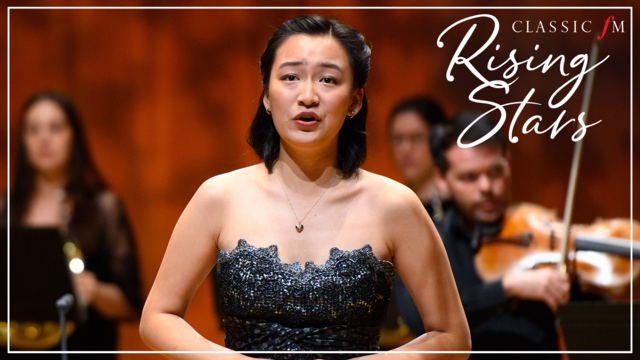
Soprano Chelsea Guo sings breathtaking Mozart | Classic FM’s Rising Stars
Mass No.15, ‘Coronation’
One of Mozart’s greatest musical triumphs, the ‘Coronation’ Mass is one of his lighter works in this vein – one where he wasn’t fearful of his own death.
Written when the composer was just 23, this mass is regal and grand, showcasing classical choral music at its best.
Mozart completed the work in Salzburg after a period of unemployment, which quickly turned into good fortune when his 15th Mass likely received its premiere at Salzburg Cathedral on Easter Sunday, 1779.
Its first documented performance, however, came 13 years later when Francis II was crowned Holy Roman Emperor in 1792.
Mozart never heard this performance, as he had died the year before at 35.
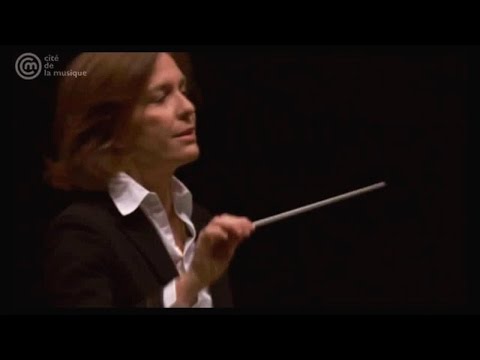
MOZART “Coronation Mass in C major, K.317 ~ LAURENCE EQUILBEY
Ave verum corpus
Mozart’s hymn, ‘Ave verum corpus’, is a musical balm for the soul.
His famous setting of the Latin text was written in his final year during a visit to Austria, to see his wife Constanze.
Containing just 46 bars of music, it’s only a little over three minutes long.
But find a quiet moment to close your eyes and really listen, and you’ll find that those are some of the most soul-healing minutes of your life.
Read more: What are the lyrics to ‘Ave Verum Corpus’?
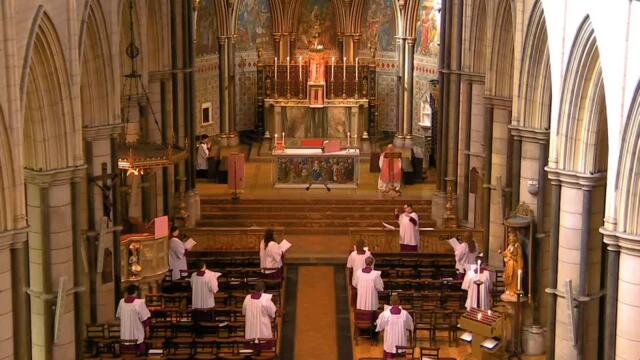
Mozart’s ‘Ave Verum Corpus’ at St James’ Roman Catholic Church
Don Giovanni
Intensely dramatic from the very first note, Mozart’s opera Don Giovanni is about a conniving adulterer and his womanising ways, and his inevitable infernal comeuppance.
It’s not all doom and gloom, as Mozart balances the darkness of Don Giovanni’s damnation with two blossoming romances, and warm friendships between the rest of the cast.
Don Giovanni is loved for its gorgeous Act 1 duet, ‘Là ci darem la mano’, and Leporello’s humorous Catalogue Aria.
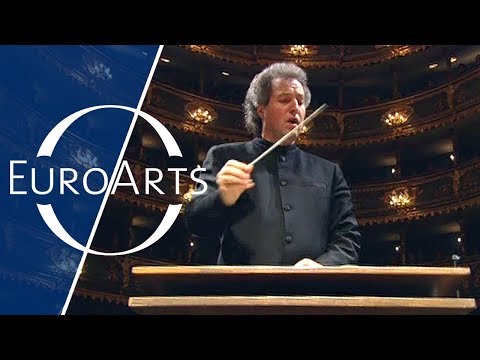
Mozart – Don Giovanni, Overture, K. 527 | Mozart from Prague
Symphony No.40
Nicknamed ‘The Great G minor’, Mozart’s stormy Symphony No.40 is powerful from the off, and packed with some of classical music’s most memorable melodies.
Expertly contrasting lightness and darkness, the symphony was written during a darker period in Mozart’s life.
With decreased demand for his concerts, financial stresses, and reeling from the death of his infant daughter Theresia, Mozart revealed in letters to friends that he was struggling to see the lighter side to life.
The result is one of only two symphonies Mozart ever wrote in a minor key, and one of the greatest ever written.
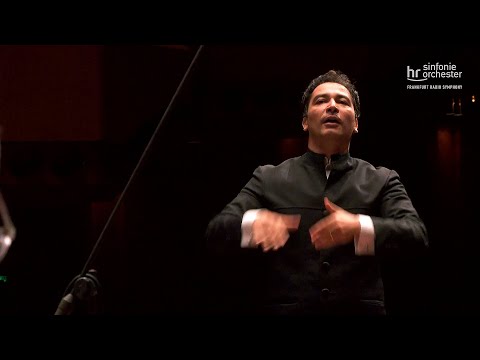
Mozart: Sinfonie Nr. 40 g-Moll KV 550 ∙ hr-Sinfonieorchester ∙ Andrés Orozco-Estrada
Oboe Concerto
Mozart needed only one attempt to perfect the art of writing oboe concertos.
It’s one of the pinnacles of the modern oboe repertoire, almost 250 years after it was written. Upbeat, cheerful, and delightfully peaceful, it’s a piece that easily stands the test of time.
Its composer clearly thought highly of it, too. He re-used part of the oboe concerto’s final movement in one of the aria’s in his 1781 opera, Die Entführung aus dem Serail, and even re-wrote the entire concerto for the flute in a somewhat reluctant (some would say lazy) response to a commission!
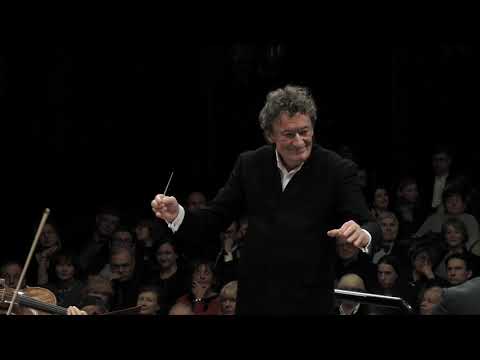
W.A. Mozart – Oboe Concerto in C Major, KV 314 (WarsawPhil Orchestra, Kaspszyk, Ogrintchouk)
